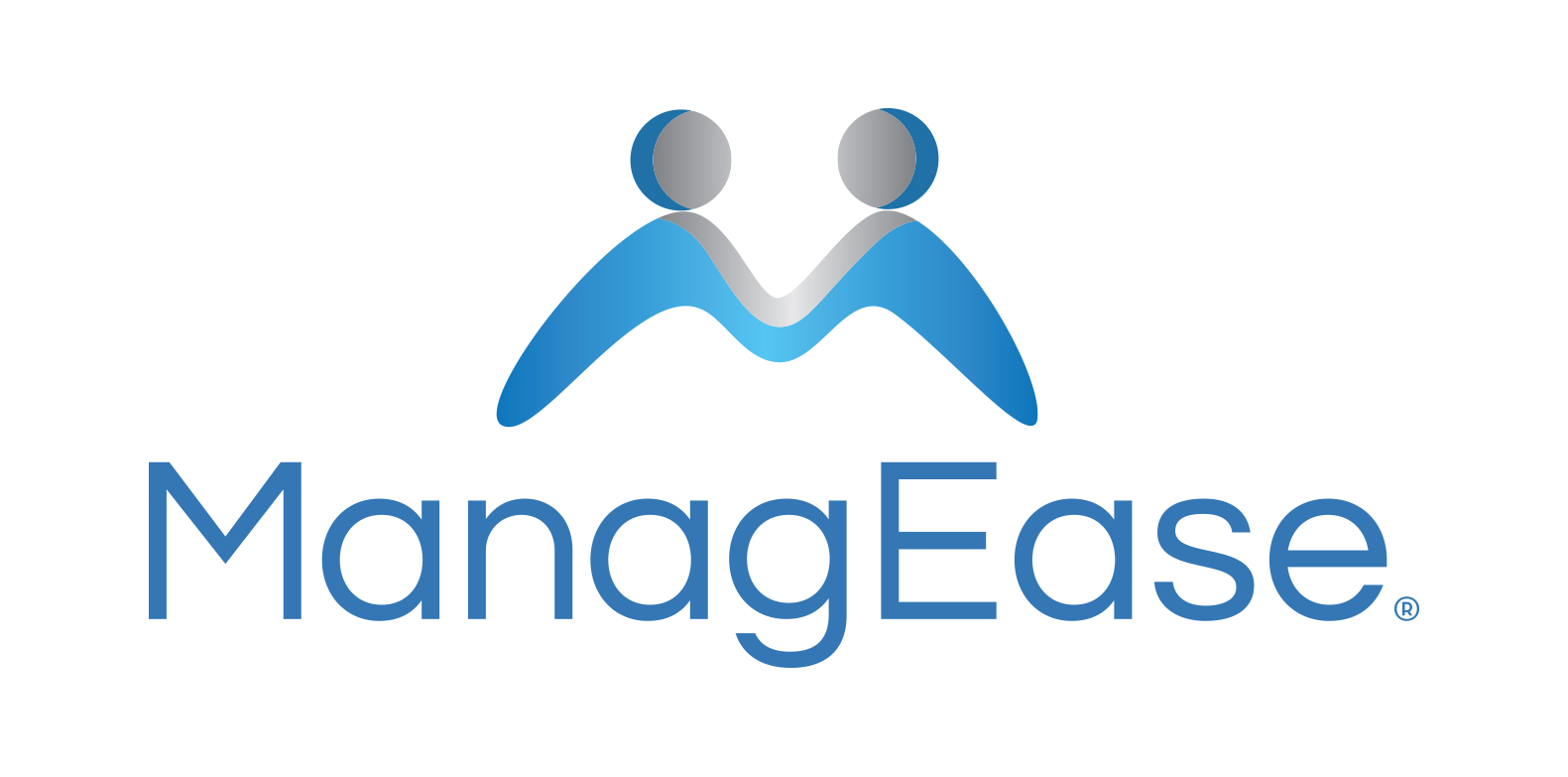COVID-19: CDC Updates Definition of Close Contact
|
APPLIES TO All Employers |
EFFECTIVE October 21, 2020 |
QUESTIONS? Contact HR On-Call |
The CDC recently changed the definition of “close contact” for purposes of determining possible exposure to COVID-19 and contact tracing. “Close contact” now means “[s]omeone who was within 6 feet of an infected person for a cumulative total of 15 minutes or more over a 24-hour period starting from 2 days before illness onset (or, for asymptomatic patients, 2 days prior to test specimen collection) until the time the patient is isolated.” (Emphasis added.) Instead of ongoing contact for a period of 15 minutes, employers should be looking at individual exposures added together over a 24-hour period (e.g., three 5-minute exposures for a total of 15 minutes).
The CDC also gave factors to consider when defining close contact: proximity, the duration of exposure, whether the infected individual has symptoms, if the infected person was likely to generate respiratory aerosols (e.g., was coughing, singing, shouting), and other environmental factors (e.g., crowding, adequacy of ventilation, whether exposure was indoors or outdoors). Additionally, because the general public has not received training on proper selection and use of respiratory personal protective equipment (PPE), the CDC says not to take into account whether individuals were wearing respiratory PPE. Similarly, it does not recommend differentiating analysis for individuals using fabric face coverings. Employers should update applicable procedures with these new guidelines.
Action Items
- Review the CDC’s website here.
- Have managers and contact tracers trained on the current guidance.
- Subscribers can call our HR On-Call Hotline at (888) 378-2456 for further assistance.
